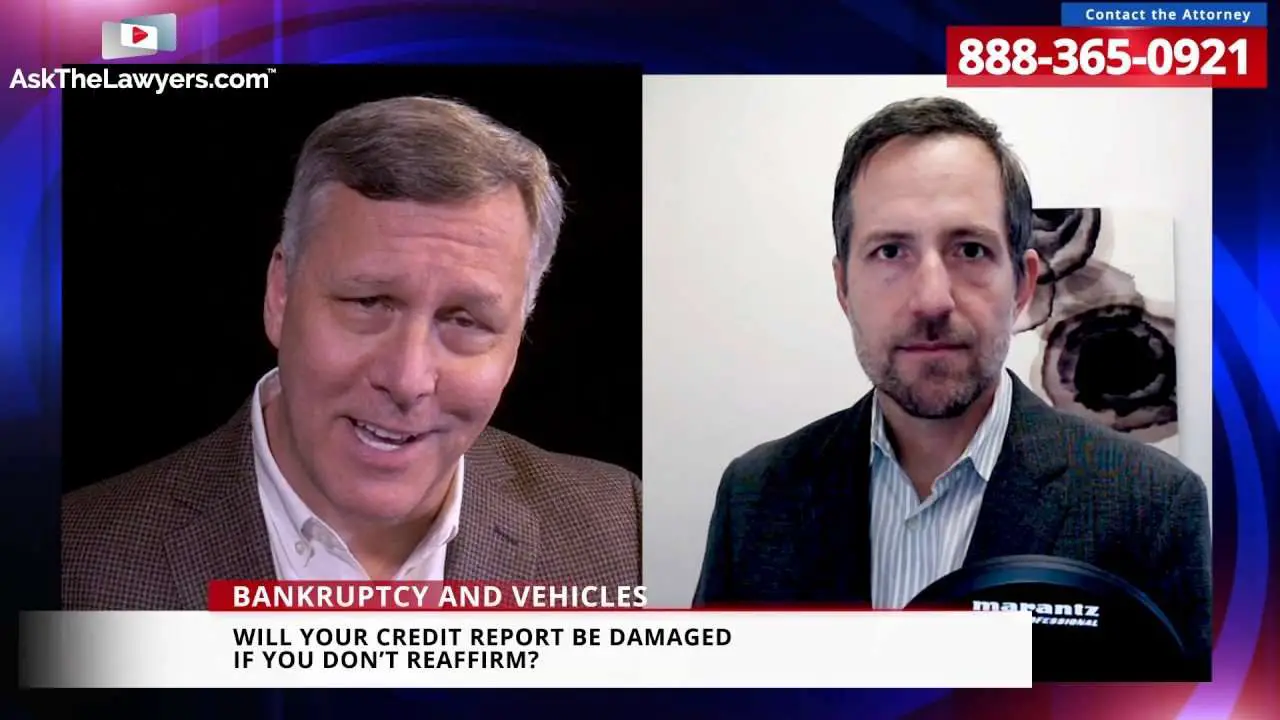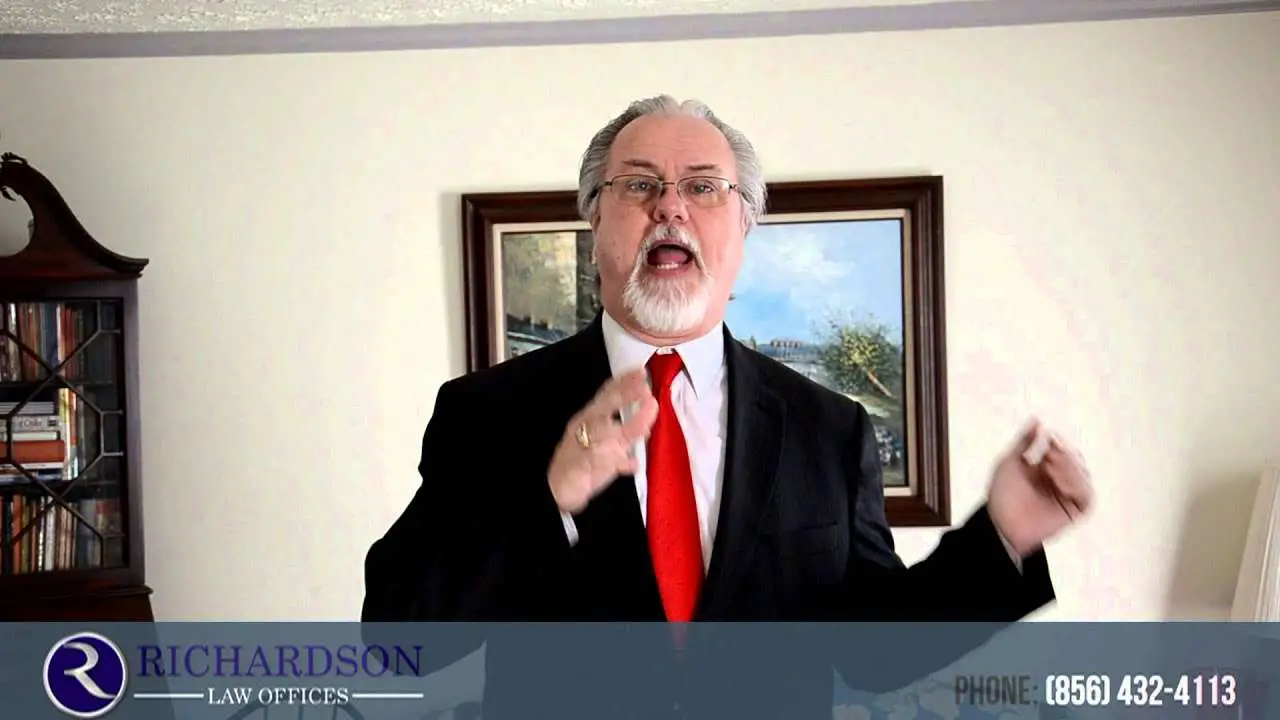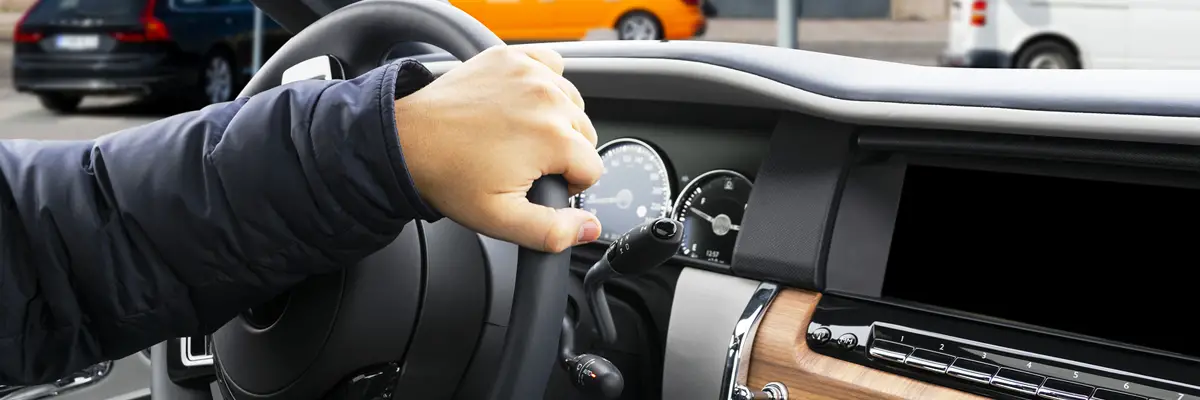Learn About Exemptions Reaffirmation And More To See If You Can Keep Your Car
By Cara O’Neill, Attorney
Keeping a car in Chapter 7 bankruptcy is a top priority for almost all filers. Your ability to do so will depend on:
- the vehicle equity
- the exemptions available to you to protect it
- if you’re current on your payment, and
- whether you can stay current after bankruptcy.
Learn more about property in bankruptcy.
Car Loan Options After Filing For Chapter 7 Bankruptcy
Some car lenders will let you keep the car after your Chapter 7 bankruptcy without entering into a reaffirmation agreement if you continue making the payment. Because a contract won’t be in force, the lender won’t be able to sue you for a deficiency for instance, if, after an accident, the repairs exceed the value of the car and you don’t recover enough from insurance to pay off your car loan. But the risk you face is that the lender can take back the vehicleeven if you’re current on your payments.
Car lenders that don’t want to lose the ability to sue you for the deficiency will require you to sign a “reaffirmation agreement” for you to keep your car after the Chapter 7 bankruptcy.
Reaffirmed Loans Might Have Better Terms
If you can negotiate better terms with the lender, it could in your best interest to reaffirm. Since a reaffirmation agreement is a new contract, you and the lender can agree to change the terms of the original agreement . A car lender might reduce the principal balance or interest rate to make a reaffirmation more attractive.
Recommended Reading: How To Get Loan Officer License In California
What Happens To Your Credit Score After Filing Bankruptcy
Chapter 7 bankruptcy and Chapter 13 bankruptcy filings show up on your credit report. How long it shows up depends on which type of bankruptcy you file. Chapter 7 bankruptcy stays on your credit report for 10 years after the filing date. A completed Chapter 13 bankruptcy stays on your credit report for 7 years after the filing date, or 10 years if the case was not completed to discharge.
As a result, filing bankruptcy will initially lower your credit score. How much your credit score will drop depends on how high or low it was before bankruptcy. Generally, a decrease between 100 to 200 points can be expected.
The good news is that you can begin rebuilding your credit as soon as your bankruptcy discharge is entered. It’s possible to have a better score within 1â2 years of filing. The credit scores of most bankruptcy filers are already lower because of missed payments. After the court grants a discharge, most unsecured debts are erased. Credit scores improve because there are no more missed payments and discharged accounts show a zero balance.
After Chapter 7 and Chapter 13 bankruptcy is filed, you will get credit card offers in the mail. These offers can be for secured credit cards, sometimes called prepaid cards, which require a cash deposit. Or, offers can be for unsecured credit cards, but will likely have high interest rates or annual fees.
What Happens To Your Car In Chapter 13 Bankruptcy

Another form of bankruptcy is Chapter 13, which works a bit differently from Chapter 7. Rather than liquidating non-exempt assets to repay creditors, you’ll enter a debt repayment plan. Your property isn’t sold off with this form of bankruptcy instead, your finances are reorganized and you’ll begin the process of repayment. If you own your car outright you’ll be able to keep it.
You will have a repayment period of either three or five years, and once that period ends, some remaining debts can be dischargedmeaning you don’t have to pay them anymore. Not all debts can be discharged, however. Credit card and medical debt can be discharged, for example, but mortgages and student loans cannot.
When you file Chapter 13 bankruptcy, your debt is grouped into three buckets:
- Priority debts: These must be repaid in full. This includes bankruptcy costs, unpaid tax bills from the past three years, and child and spousal support.
- Secured debts: Car loans are included in this category. If you have a car loan, the amount you owe on it may be reduced in the Chapter 13 bankruptcy process if you owe more on it than its current value. Also, if you can qualify for a repayment plan and get caught up on your loan, you may be able to keep the vehicle.
- Unsecured debts: These will be discharged in the bankruptcy after you’ve completed your repayment plan.
Read Also: What Credit Score Is Needed For Usaa Auto Loan
If You Have A Car Loan
The trustee won’t sell your car unless there’s enough equity to pay off the car loan balance, give you the exemption amount, and still have funds for creditors after paying fees and costs. Even if there isn’t enough money in the car to justify selling it, you’ll face another hurdleyou’ll need to be current on payments. Here’s why.
Most people don’t have the cash to buy a car outright. In exchange for the loan, the lender takes an ownership interest in the vehicle using a lien. The vehicle becomes collateral for the loan. If you don’t pay according to the contract terms, the lender has the right to recover the car.
Filing for bankruptcy doesn’t remove a car lien. If your payments aren’t current when you file, the lender can make a motion asking the bankruptcy court to allow repossession or wait to get the vehicle until the automatic stay gets lifted when the Chapter 7 case ends. In some cases, you might be able to work out a deal with the lender when reaffirming the loan , but you can’t depend on it. Chapter 7 doesn’t have a mechanism to help you get caught up on a payment. Unlike Chapter 7, Chapter 13 allows you to make up missed payments over time so you can keep the vehicle.
Example1. Suppose you have a car worth $5,000 but you still owe $6,000 on your auto loan. Because you owe more than it’s worth and the lender gets paid first, the trustee won’t take the car. You’ll be able to keep it as long as your payments are current.
Where To Go For More Information
For more information on redeeming and reaffirming secured property in a Chapter 7 bankruptcy, take advantage of a free intial consultation with the experienced Minnesota bankruptcy lawyers at Anderson & Associates, LLC. You can arrange a meeting or have your questions answered by calling 651-464-8510 or contact us via email.
Read Also: Do Loan Originators Make Commission
If You File For Chapter 7 Bankruptcy And Want To Keep A Car That You’re Still Paying On You Have Options Learn How A Reaffirmation Agreement Can Help Prevent Vehicle Repossession After Your Chapter 7 Ends
Updated By Cara O’Neill, Attorney
If you want to keep your financed car in Chapter 7 bankruptcy, your lender might require you to enter into a new contract in a process known as “reaffirming” the debt. In this article, you’ll learn about the pros and cons of reaffirming a car loan.
Keep in mind that there’s more to keeping a car in bankruptcy than deciding whether to reaffirm a loan. If you’re unaware of the details, start by learning more about protecting your property from creditors in bankruptcy.
Reaffirmation Provides Certainty Against Repossession
If you don’t sign a reaffirmation agreement, the lender can repossess your car after your case closes and the automatic stay lifts. Some car lenders are known to repossess the car immediately, even if you are current on payments. Other policies differ, but in all cases, you should expect a repossession if you miss a payment. Reaffirming your car loan will provide certainty against the lender repossessing your car as long as you keep current with your payments.
Don’t Miss: What Happens If You Default On Sba Loan
Cosigner Liability For Secured Debts
Secured debts are debts that you obtain by pledging property as collateral for the loan. The most common types of secured loans for consumers are mortgage loans and car loans. When you buy a car or a house and finance the purchase price with a loan, you give the lender an interest in the car or house in exchange for the loan. If you default on the loan, the lender can take the collateral.
If you have a cosigner on a house loan or a car loan and you file Chapter 7 bankruptcy, the cosigner is still responsible for the debt. If you choose to keep the house or car and repay the loan, the situation does not change much however, if you surrender your house or your car in the bankruptcy, your cosigner will still be responsible for any debt not covered by the collateral.
Example. Joe needed a loan to buy a car, so his brother Charles cosigned a loan with him. Joe’s name was the only name on the car’s title. Joe filed Chapter 7 bankruptcy and decided he could not afford the car, so he surrendered it. The car lender repossessed the car and sold it at auction for $8,000. At the time of the sale, the balance on the loan was $11,000. Charles, the loan cosigner, will be responsible for the $3,000 difference, but Joe will not, because his liability on the debt was discharged in his Chapter 7.
| Take our bankruptcy quiz to identify potential issues and learn how to best proceed with your bankruptcy case. |
Negotiating With The Trustee
Most Chapter 7 bankruptcy cases are what is called “no-asset” cases, which means everything the filer owns is protected through bankruptcy exemptions. Exemptions are specific to where cases are filed and vary by state law. Exempt property can’t be taken from the filer.
Nonexempt property is not protected through Chapter 7 bankruptcy and can be taken by the trustee and sold to pay back your unsecured debt. If a bankruptcy filer wants to keep otherwise nonexempt property, they can usually pay the trustee the value of the property. This is generally an option because the creditors will ultimately get the same amount whether the nonexempt asset is sold by the trustee or is bought by the filer.
You May Like: Usaa Certified Dealers List
Can My Vehicle Get Repossessed If I File For Bankruptcy In Oklahoma
When you are struggling financially, bankruptcy might be your best option. However, this decision can significantly impact your assets, including your vehicles. A car is an essential item for most people, and you may be worried about losing it.
Filing for bankruptcy is an excellent way to prevent lenders from collecting their debts and assets related to it. However, the lender can go to court and lift the automatic stay that is why you need dedicated Oklahoma City bankruptcy attorneys to protect your interests.
Will I Lose My Car If I Don’t Reaffirm

Some car lenders will automatically repossess your car if you don’t reaffirm. However, car lenders also know that they’ll make more by accepting your payment than they would to repossess the vehicle and sell it at an auction. So many lenders will continue to take your payment and let you keep the car even if you don’t reaffirm the debt. A bankruptcy lawyer will be in the best position to explain your options and whether you’ll qualify.
Read Also: Sofi Vs Laurel Road
Pay And Drive In Bankruptcy Law
You may have heard of the concept of pay and drive in bankruptcy law. The law allowed drivers to keep their vehicles as long as they stayed current on payments. Pay and drive hasnt been a part of bankruptcy law since 2005. You must pursue one of the other options to keep your vehicle in a Nevada bankruptcy.
Current & Future Employment
Bankruptcy filings are public information, and there are certain ways people who know you, including a potential employer or your current one, may find out youve filed.
All court records, including bankruptcies, are available for a small fee through the Public Access to Court Electronic Records . This system is used mostly by people who want to have access to court records lawyers, journalists and, yes, creditors.
Newspapers used to print court news, including local bankruptcy filings, but generally dont anymore. Newspapers still print court-related public notices, also known as legal notices, usually in the classified ad section of the paper. These are notices that are required by law to be published and generally dont include bankruptcy filings.
The most likely place an employer will see your bankruptcy is on your credit report.
Employers are increasingly screening potential employees, according to HR.com. The rate has risen every year recently and by 2020 was up to 94% of employers. Of those, 38% said they check the credit report of some potential employees, and 14% said they check all potential employees credit reports. While its less likely an employer checks credit reports of current employees, 16% said they do.
You May Like: Where To Refinance Auto Loan
Can I Qualify For A Car Loan After Filing For Bankruptcy
If you file for Chapter 7 bankruptcy, all your previous creditors will be off your hook. Therefore, most car dealers are willing to give you a car on credit since you wont be able to file for another bankruptcy for the next eight years. However, the interest rate may be higher than before because of the financial risk they are taking.
Buying a car after filing Chapter 13 bankruptcy is subject to the courts approval. Most car dealers are not too willing to wait through this process that involves identifying the vehicle and waiting for the court to approve both the car and the financing. Reducing the value of regular payments to unsecured creditors sounds like an excellent way to fit in the new car, but the creditors can object.
Making Changes To Your Bankruptcy Forms
Your bankruptcy forms are signed under penalty of perjury. When you file, you’re declaring that the information in your bankruptcy forms is true and correct to the best of your knowledge. If you accidently leave something out or make a mistake, you’ll need to make changes to your forms.
This is done by filing an amendment with the court. You might need to file an amendment because you forgot to list an asset or a , you need to add information that was originally missed, you change your mind about signing a reaffirmation agreement, or the trustee requests that forms be amended.
Read Also: Alliant Credit Union Rv Loan Review
How Much Is Your Car Worth
The value of your car is part of what determines whether you can keep it when filing Chapter 7 bankruptcy. It also helps determine your payment plan in Chapter 13. Value is not what the car was listed for when you bought it, or how much youve paid since. States have rules on how to determine a cars value. Most go by retail replacement value, though some states have other measures. Retail replacement value is often called ACV . Its determined by the year and make of the car, its mileage and its condition. Sources like Kelley Blue Book or Edmunds, which list values for cars, can be a good starting point.
Can You Keep Your Car If You File For Chapter 13
In Chapter 13 bankruptcy, you are allowed to keep all of your property including your nonexempt assets. The Chapter 13 trustee does not sell your property to pay your creditors. In return, you pay back a certain amount of your debts through a repayment plan. This means you can keep your car. However, if your car has nonexempt equity, you must pay your unsecured creditors an amount equal to the nonexempt portion through your plan.
Don’t Miss: What Credit Score Is Needed For Usaa Auto Loan
Bankruptcy Exemption Limits And Your Car
Second, if there is no car loan, you can keep the car if it is under the allowable exemption limits for your province. Each province has different exemption limits, so you should consult a local bankruptcy trustee to more information.
In most provinces the exemption limit is around $5,000 $7,000, so if a car with no loans is worth less than that, you would be allowed to keep it. If the appraised value of the car is greater than the exemption limit,you could keep the car, but only if you pay into your bankruptcy estate the non-exempt portion.
There are other factors to consider and each case is unique, so I suggest you for a no charge initial consultation to determine your options for keeping your car if you file bankruptcy.
File A Consumer Proposal To Keep Your Car And Other Assets

A consumer proposal is not a bankruptcy. In a proposal you make a settlement offer to repay a portion of your debts. Any offer you make is affected by assets you own that are not exempt in a bankruptcy. However, in a consumer proposal, you keep all your assets, including your car and your home.
A proposal may make more sense if you:
- Own multiple vehicles
- Own a car or truck worth more than the allowable limit
- Can afford to make a settlement offer to your creditors.
If you are struggling with debt, know that you dont lose everything when you claim bankruptcy. Book a free, no-obligation consultation with one of our Ontario Licensed Insolvency Trustees to explore your options.
Don’t Miss: Can I Transfer My Mortgage To Another Bank
